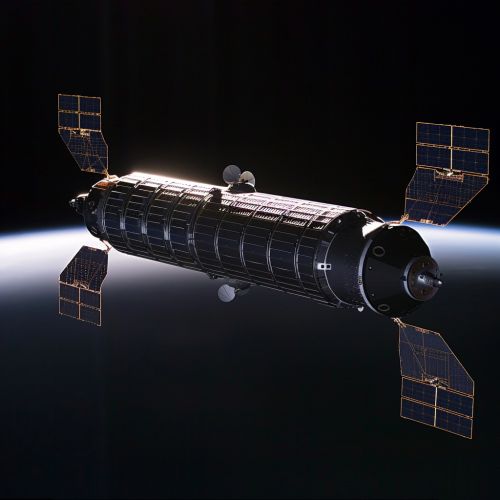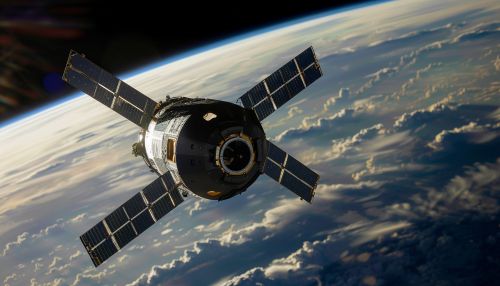Euclid (spacecraft)
Overview
The Euclid is a planned space mission by the ESA aimed at understanding the nature of dark energy and dark matter by accurately measuring the acceleration of the universe. The spacecraft is named after the ancient Greek mathematician Euclid, who is often referred to as the "father of geometry". The mission is part of ESA's Cosmic Vision programme, which seeks to address key scientific questions about our universe.


Mission Objectives
Euclid's primary objective is to investigate the properties of the enigmatic dark energy and dark matter that make up most of the universe. By studying the geometry of the universe and the growth of large-scale structures, the mission aims to understand the nature and properties of these invisible components, and why the expansion of the universe is accelerating.
Design and Instruments
Euclid is designed as a 1.2-meter Korsch telescope with a wide field of view. It carries two primary scientific instruments: the Visible Imaging Channel (VIS) and the Near Infrared Spectrometer and Photometer (NISP). These instruments will provide detailed images and spectra of galaxies, enabling scientists to study their distribution and evolution.
Mission Timeline
The Euclid mission was officially adopted by ESA in June 2012, with a planned launch date in 2022. The spacecraft will be launched from the Guiana Space Centre in French Guiana using a Soyuz rocket. After launch, Euclid will travel to the second Lagrange Point (L2), where it will conduct its scientific observations.
Scientific Goals
Euclid's scientific goals are divided into two main areas: cosmological and galactic. In the cosmological domain, Euclid will study the distribution and evolution of dark matter and dark energy. In the galactic domain, the mission will study the properties and distribution of galaxies, and the evolution of galaxy clusters.
Expected Impact
The Euclid mission is expected to have a significant impact on our understanding of the universe. The data collected by Euclid will help scientists refine their models of the universe's evolution and structure, and provide insights into the nature of dark energy and dark matter. The mission is also expected to have a significant impact on the field of observational cosmology.
